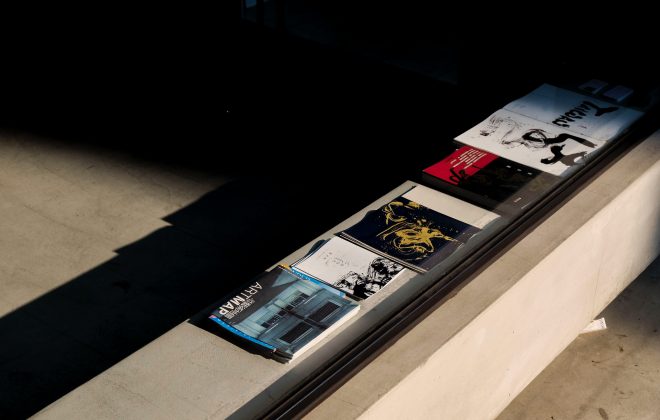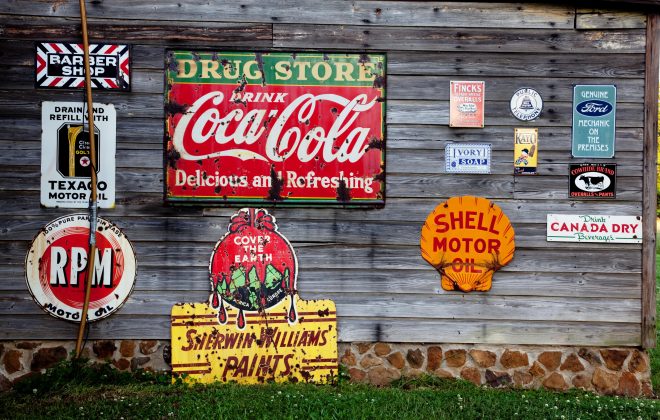Design Masterclass: 2 Invaluable Lessons From Saul Bass
Design
0
In design circles, Saul Bass needs no introduction. He’s a legend, with a career that stretched across many years and many mediums.
From classic movie posters to hugely successful corporate logos, Saul Bass certainly played his part in shaping the industry, creating some of the best known design work of all time. His staggeringly impressive portfolio includes work for Kleenex, AT&T, United Airlines, Alfred Hitchcock, and Martin Scorsese (to name but a few).
But what we want to know is, how did he get so good? And though he might not have been entirely forthcoming with all of his design secrets, he was kind enough to share a few…
Learn to draw
Learn to draw
“Learn to draw. If you don’t, you’re going to live your life getting around that.” — Saul Bass
It may sound like obvious advice. But it’s even more crucial now than it was in Bass’s day. With ongoing technological advancements, the ability to draw is becoming less of a prerequisite for entering the design industry. But, warns Bass, if you bypass those illustration classes it’s at your own peril.
Without the ability to draw, we’re cutting ourselves off from a very natural, simplistic, and essential way of working. Not only that, but drawing is much more physical and tactile than designing with a mouse and cursor or trackpad. It allows us to get really close and personal with the object we’re bringing to life. We can experiment and really let our imaginations go.
In the words of concept artist Terryl Whitlatch, “Sketching is the equivalent of the daily ballet barre. It gets your imagination going and gives your skills a workout: it’s foundational for any artist. Sketching regularly helps you become better as an artist, and gives you a platform to experiment, mess up, try again (and again), and grow.”
Make beautiful things
Make beautiful things
“I want to make beautiful things, even if nobody cares” — Saul Bass
As Bass points out, aesthetic is the designer’s problem. It may be that clients don’t appreciate the real value of visual design, or simply don’t care. But as someone whose bread and butter is aesthetic, a designer’s priority should be to create beautiful things.
It may be that it costs you in the short term. You might spend more time working on a project than the budget calls for. But in the end it will be worth your while. Either your reputation as a top-quality designer will begin to precede you, or else you’ll have, at the very least, the peace of mind that you’re engaging fully with your craft.
This is also an important point in a broader sense. As with many creative professions, it can be easy to lose sight of why we came to the job in the first place. Maybe we entered into design through a love of art and drawing. But over time our initial passions can erode, leaving only the business side of things intact. We can become jaded and cynical, leading to a dip in the quality of our work.
Maybe in the end, then, the best approach is to simply follow Bass’s advice and “don’t give a damn” about anything but the quality of the work.
Learn from the best
Honing and improving our craft is essential if we want to stay at the top of our field. By constantly learning and practising new skills, we can ensure that we’re always offering our best work. And one of the best ways to improve is to learn from the best. So after you’ve taken on board Saul Bass’s words of wisdom, why not check out these 25 inspiring Ted Talks for designers.




